How to make kawakawa balm – a put-it-on-everything balm made from New Zealand’s wonderful native healing plant, kawakawa.

Kawakawa balm is a soothing home remedy for a wide range of skin and joint complaints.
Kawakakawa, botanical name Macropiper excelsum, is a prized New Zealand native with antimicrobial, anti-inflammatory and analgesic effects.
This simple home remedy can be made with three ingredients – foraged kawakawa leaves, organic beeswax, and sweet almond oil.
🍃 Massage a little kawakawa balm into clean skin to speed the healing of minor cuts and abrasions, take the sting out of insect bites, soothe nappy rash, calm inflammatory skin conditions (eczema and psoriasis), ease nerve pain due to shingles, and bring relief to tired muscles and swollen joints.
Never made a balm before? Don’t sweat, it’s incredibly simple and I’ll talk you through each step.
For those who can't get hold of kawakawa, you might like this Plantain Salve instead.

🐝 Ingredients
- Kawakawa leaves – forage for these in a clean area, kawakawa is prolific here in NZ and like to grow along the coast. See this blog post for a guide to identifying and harvesting kawakawa and this one if you'd like to try making kawakawa tea
- Organic beeswax pellets – beeswax in itself is therapeutic, it hydrates, conditions and soothes, while providing a protective barrier for the skin, enabling the constituents of the kawakawa to stay in close contact and support tissue repair
- Organic olive or sweet almond oil – acts as an emollient, softening and soothing the skin
- Essential oils – optional
🌿 Naturopath’s tip: Olive oil is universally used by herbalists as a cost-effective base to make macerated oils destined for creams or balms. I find it ideal for general use over the body (think bumps, sprains, strains, insect bites and minor wound care), though prefer lighter, more hydrating oils such as sweet almond, apricot kernel, meadowfoam and fractionated coconut oil for use over sensitive skin or the face.
⚗️Preparing kawakawa oil
The first step in making kawakawa balm is to prepare a macerated oil.
There are several ways to do this. Traditionally, the fresh, whole leaves are used, rather than dried.
They are simply added to a base oil and left to infuse –
- On a warm shelf for several weeks
- In a double boiler over simmering water for 3 hours, or
- In the oven set to a low temperature for 6 hours
I’ve used the oven method today. Here’s how to prepare it.
Place a packed cup of kawakawa leaves (about 20) to a cup of sweet almond oil, straight into a saucepan.
Don't worry if some of the leaves protrude, they'll gradually soften and become engulfed by the oil as it heats up.

Transfer the saucepan to the oven for 6 hours. It’s important to keep the temperature low (about 50˚C).
Once done, remove the leaves and you are ready to proceed to making kawakawa balm.
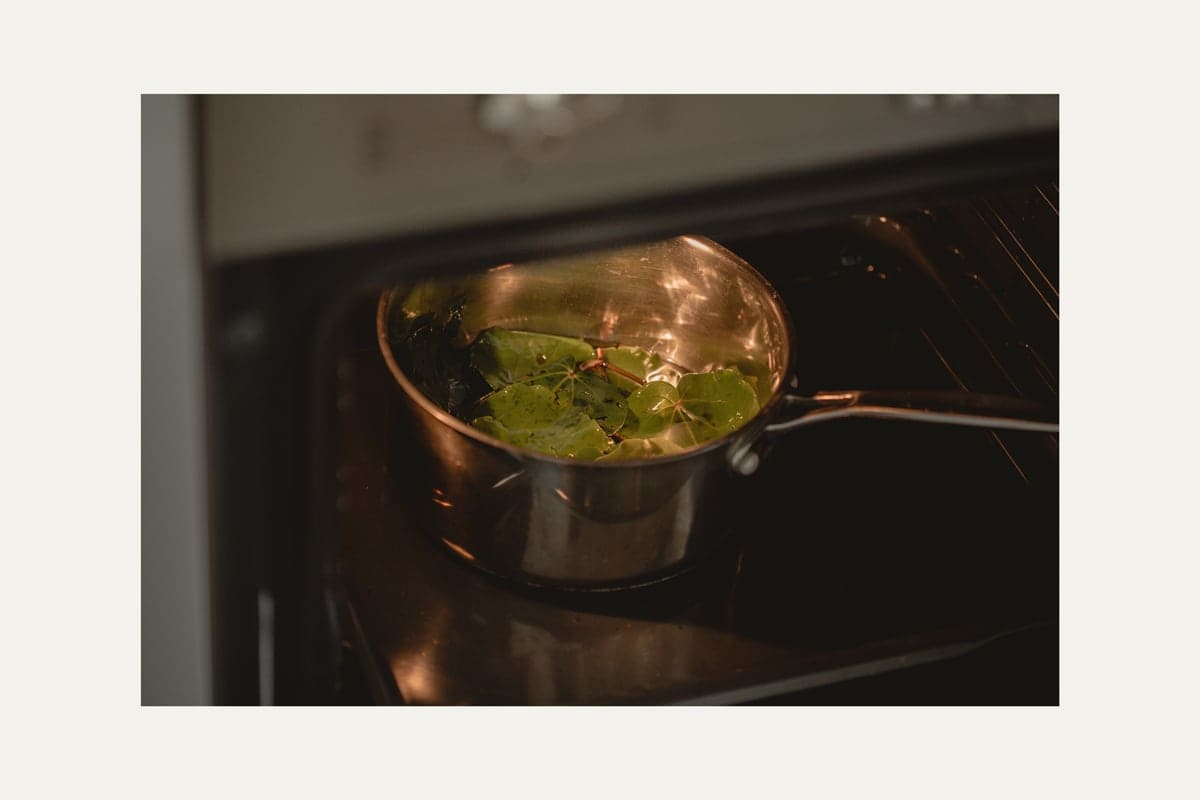
🌡How to make kawakawa balm
Pour one cup’s worth of your pre-prepared oil into a pyrex jug or small saucepan, reserving the remaining oil to adjust the consistency of the balm later if you need to.
Add beeswax.
Wait! Take a moment to smell that sweet floral scent - I just love it! Thank you bees.
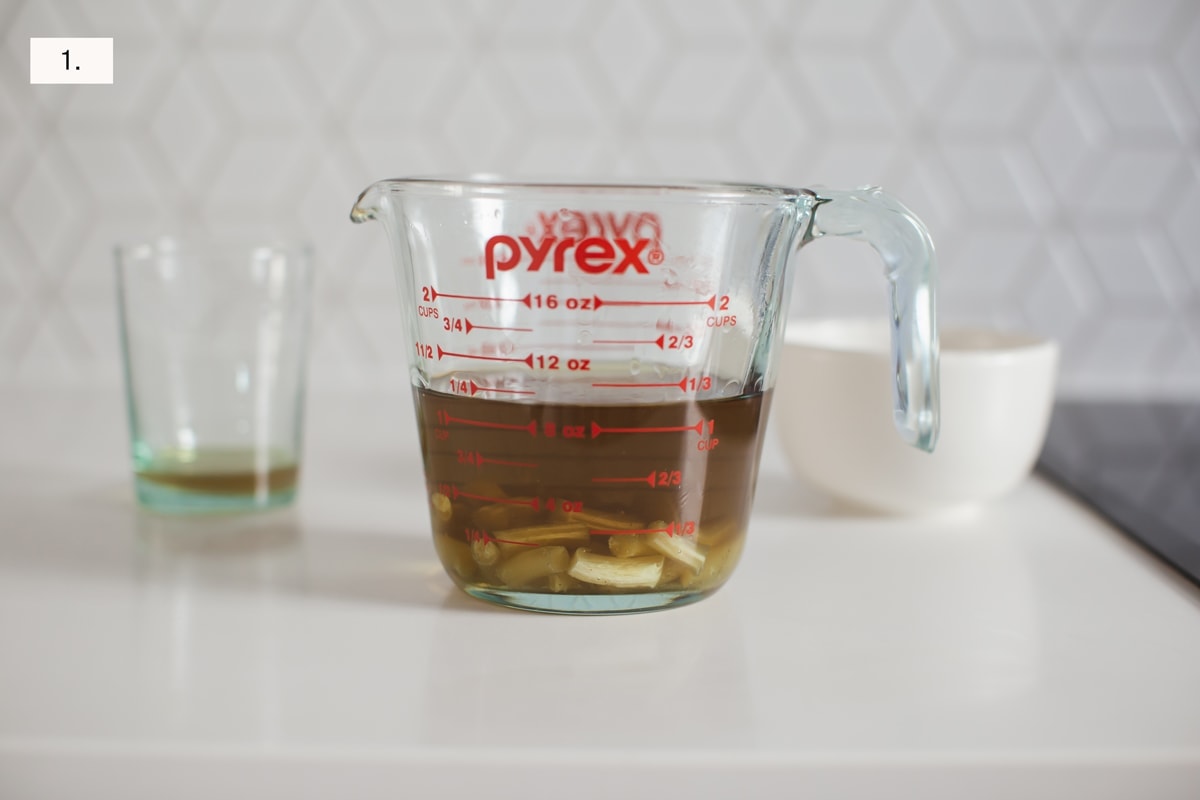
Stand in a saucepan over gently simmering water. Using a double boiler is another option.
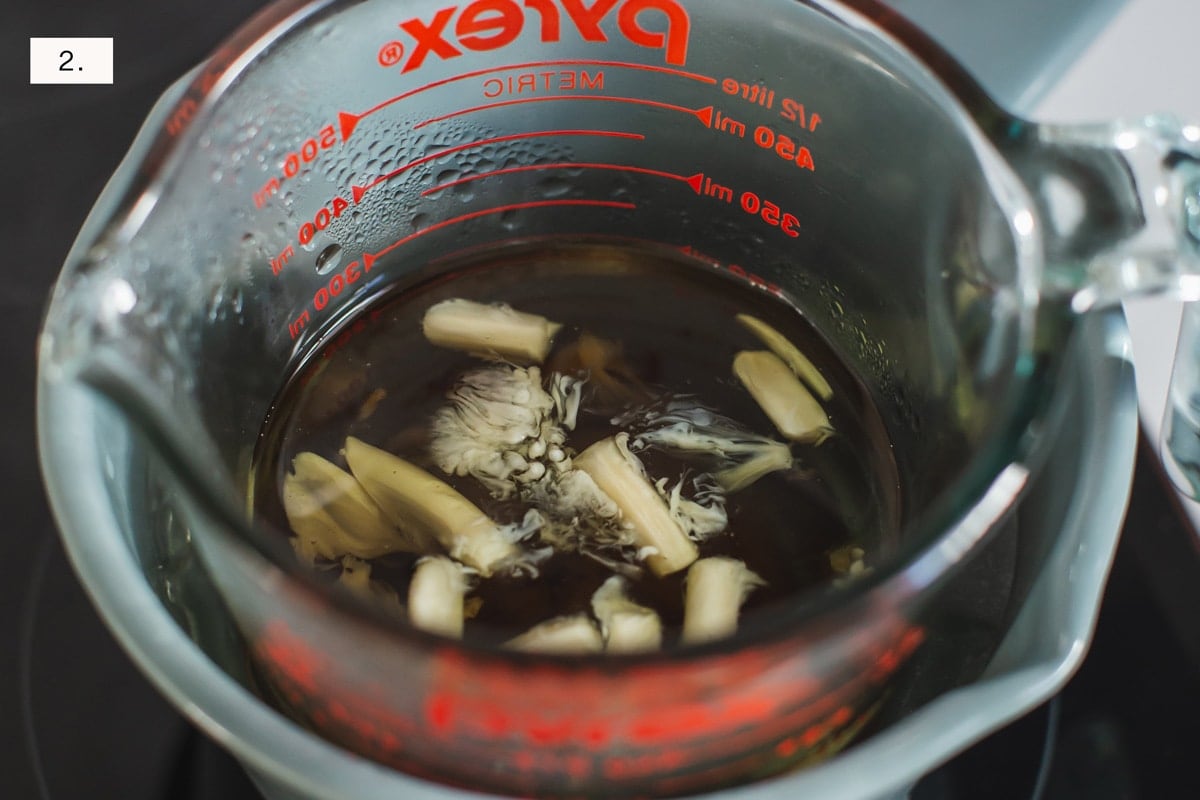
Keep the heat nice and low, and let the beeswax fully dissolve.
Remove the mixture from the heat, and test to see if the consistency is to your liking.
Do this by dipping a teaspoon into the mixture then popping into the fridge or freezer to set, at which point you can test the firmness. If it’s too soft, pop the mixture back over the heat and add more wax, if it’s too hard, add more of the oil.

Once you’re happy, add essential oils if using – lavender, German chamomile and helichrysum are great choices for a skin-soothing effect. Mix in with a glass stirring rod.

Now work quickly and pour the oil into several small, pre-sterilised jars.
Label and date – your kawakawa balm is good to go!

👩🍳Recipe variants
Because kawakawa has a few different applications topically, you might like to try some of these variations;
For minor cuts, abrasions, bites and stings: pair with skin-healing calendula infused oil, adding essential oils with antiseptic qualities such as tea tree, manuka, and pain-relieving kanuka.
For dry skin conditions such as eczema: pair with skin-healing calendula in a hydrating base oil such as sweet almond, adding antioxidant vitamin E, and soothing essential oils like lavender, German chamomile and helichrysum.
For delayed onset muscle soreness: pair with comfrey for tissue swelling and trauma, with wintergreen essential oil (Nature’s ‘Deep Heat’).
For stiff and swollen joints, tendons and ligaments: infuse the oil together with cayenne to bring heat to the site of application, with essential oils of lemongrass or frankincense.
For neuralgia: infuse the oil together with fresh St john’s wort herb.
To keep insects at bay: add essential oils such as peppermint, lemongrass and lemon eucalyptus.
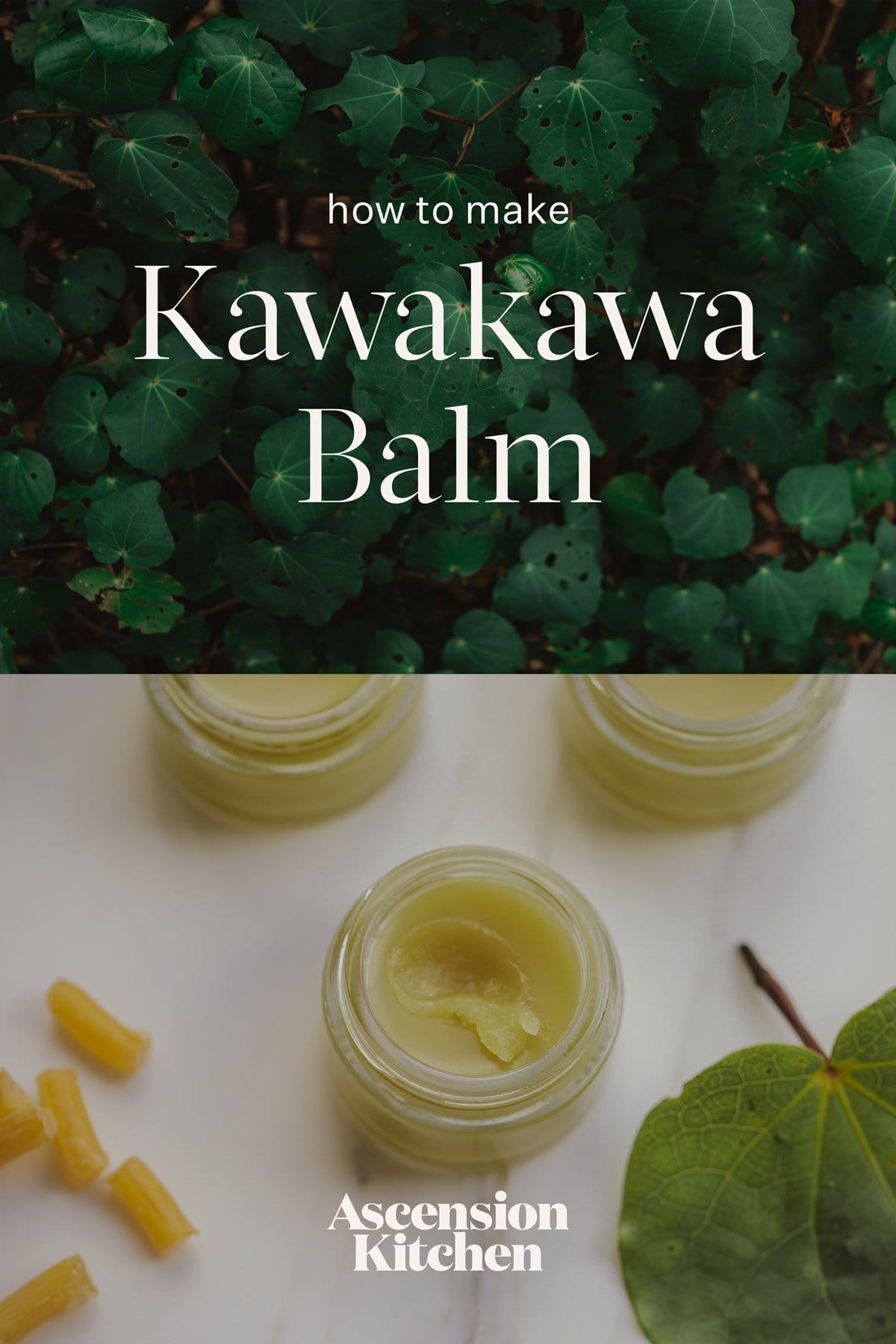
🌿Enjoyed this recipe? Leave a comment below, better yet - share a snap with me on instagram @ascensionkitchen. If you're after personalised health and nutrition advice, contact my clinic, I'd be happy to work with you.

Kawakawa Balm
Equipment
- Large saucepan/pot
- Sieve, muslin or a nut milk bag to strain herbs
- Small saucepan with a Pyrex jug OR double boiler
- 8x 30ml / 1oz glass jars with screw top lids
- Glass stirring rod (if using essential oils)
Ingredients
- 15-20 fresh kawakawa leaves
- 280ml sweet almond oil (one cup, and a few extra tablespoons)
- 28g beeswax (1 oz, but have a little extra just in case)
- 75 drops lavender essential oil optional
Instructions
Kawakawa infused oil
- Place fresh but dry kawakawa leaves in a large saucepan/pot - and pour the sweet almond oil over the top. Don't worry if some of the leaves protrude, they'll wilt as it gets warm. Place the pot into an oven set to 50˚C / 122˚F, close the door and leave to infuse for 6 hours.
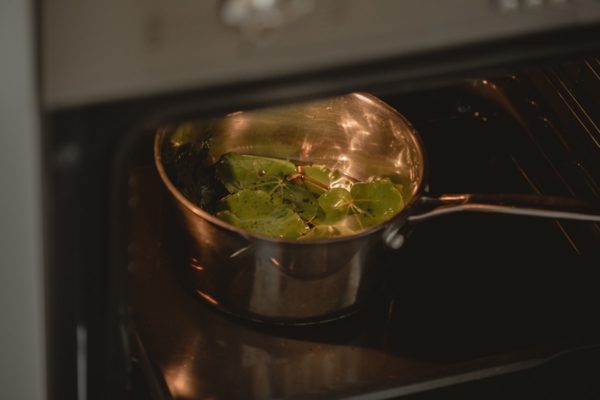
- Remove from oven (use a tea towel - handle will be hot) and strain the leaves out using a sieve, a muslin cloth or nut milk bag. Your infused oil is now ready to use.

Kawakawa balm
- Measure out one cup (250ml) of kawakawa infused oil, saving the remaining few tablespoons just in case you need to tweak the consistency of the balm later. Add beeswax pastilles.
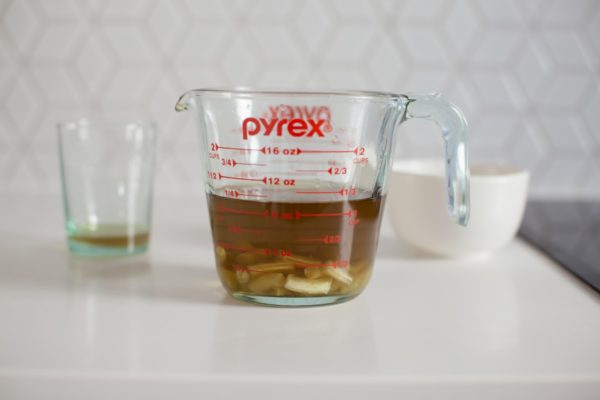
- Stand in a small saucepan simmering with water. A double boiler is another option here. Heat until the beeswax has totally dissolved. You might like to test the consistency of the salve here (see notes).
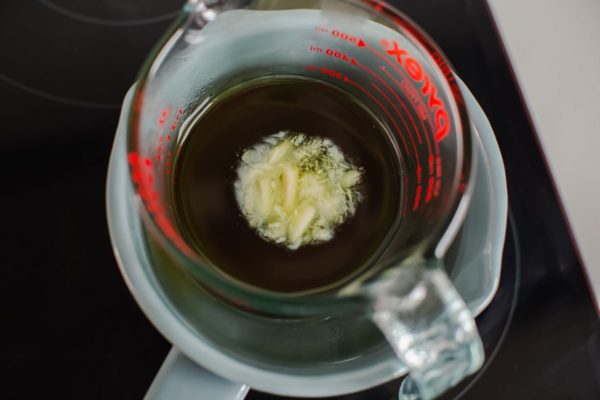
- Once happy with the consistency, allow to cool slightly, then add essential oil right before pouring. Use a sterilised glass wand/stick if you have one to stir in the essential oil fully.
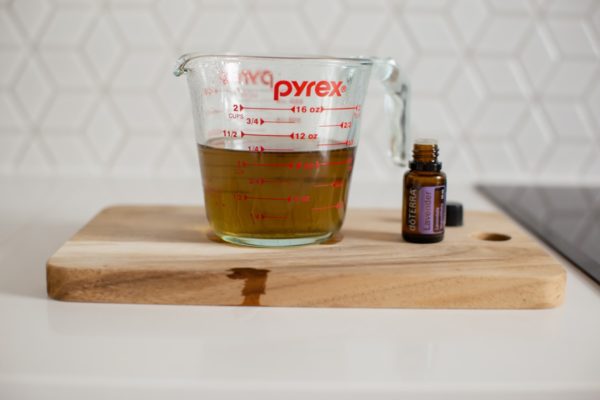
- Work quickly, pouring into sterilised glass jars.

- Allow to cool, then label and date each jar. To use, massage a little into skin as needed.

Video
Notes
- Plant material must be dry before making an infused oil, to avoid microbial growth (pat the leaves down well with a paper towel)
- Alternatives to sweet almond oil include apricot kernel and fractionated coconut oil. Olive oil is a great choice for general use
- Organic, unrefined beeswax is best, purchasing the pellets makes for an easier time melting
- To test the consistency - dip a teaspoon into the mixture once wax has melted, then place in the fridge or freezer. Once set, assess whether it needs more oil to soften, more wax to harden, or is just right
- For minor cuts, abrasions, bites and stings: pair with skin-healing calendula infused oil, adding essential oils with antiseptic qualities such as tea tree, manuka, and pain-relieving kanuka.
- For dry skin conditions such as eczema: pair with skin-healing calendula in a hydrating base oil such as sweet almond, adding antioxidant vitamin E, and soothing essential oils like lavender, German chamomile and helichrysum.
- For delayed onset muscle soreness: pair with comfrey for tissue swelling and trauma, with wintergreen essential oil (Nature’s ‘Deep Heat’).
- For stiff and swollen joints, tendons and ligaments: infuse the oil together with cayenne to bring heat to the site of application, with essential oils of lemongrass or frankincense.
- For neuralgia: infuse the oil together with fresh St john’s wort herb.
- To keep insects at bay: add essential oils such as peppermint, lemongrass and lemon eucalyptus.
- Always be sure that you're confident with your plant identification before harvesting.

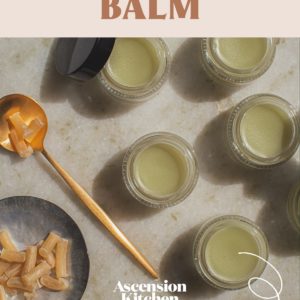
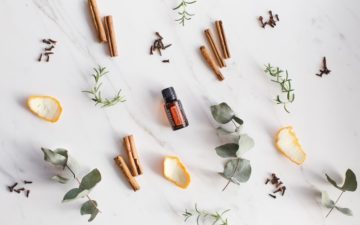

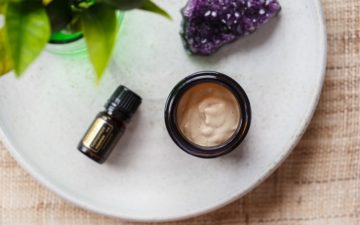
Kylie Matena
Kia ora Lauren,
I regularly make kawakawa balm. I harvest the leaves using traditional prayer practices.
However, I forgot about a batch of leaves I had harvested and they were left in the sun for a few days. They are now crispy dry! But, I don't believe in wasting any of the plant so I was wondering if you would suggest maybe breaking them down to infuse the oil and leave it longer perhaps? Or maybe grind it down and then leave them in the oil to make the balm rather than sieving it out?
Would love to hear your thoughts:)
P.s I use a slow cooker to infuse my oil. Then I leave it on low overnight for around 24 hours. Is less work 🙂
Lauren Glucina • Naturopath, Nutritionist
Hey Kylie, love that you say a karakia, I was reading a book not along ago about Shamanic herbalism - it was mentioned that a prayer of thanks is so well received by the plant that its spirit follows you home to assist with the healing and I thought that was so beautiful. To answer your question - yes you can crumble the dried leaves by hand and infuse them as you normally do. No need to increase the length of infusion, if there is sediment just strain through a muslin cloth before you go on to the next step adding the wax. Slow cookers are great for infusing, set and forget! 🙂
Sue
Hi Lauren I love making balms and had been using the heat infusing methods with your recipe. Last harvest I decided to infuse in oil thr slow way in a jar. Its been nearly 6-8 weeks since I put them in the oil. Will the oil still be ok to make into balms?
Thanks
Sue
Lauren Glucina • Naturopath, Nutritionist
Hi Sue - ABSOLUTELY! It will make a lovely, potent balm. Have fun! (apologies for late reply).
Genesis
When creating the base oil am I able to substitute coconut oil instead olive/sweet almond oil and if so is there a specific type of coconut nut oil I should use
Lauren Glucina • Naturopath, Nutritionist
Hi - I'd go for fractionated coconut oil as it remains in a liquid state (though will set just fine with the wax). Regular coconut oil will make the balm a little on the firm side - I have tried and prefer sweet almond/apricot/olive etc. Hope that helps!
Jacki
Tena koe Lauren, this is such a great recipe! Thanks🙂. We love using kawakawa for so many things. Teas, poultices, balms etc
I have a random question though 🤔The kawakawa smells so yummy after infusing in the oil in the slow cooker for hours. We want to eat it. Lol. Would it be ok to eat? I think it might probably be fine, maybe even fried up, but maybe its too rich. Dont want to waste it if its good to eat. Otherwise it will go back to the whenua, not really wasteful either. What do you reckon?
Lauren Glucina • Naturopath, Nutritionist
Hi Jacki - it does smell good! Sure you could enjoy a little, I suppose it would taste quite peppery still, and due to the analgesic properties you might find it numbs the mouth. But otherwise, returning to the whenua with gratitude as you said completes the circle and isn't wasteful IMO either 🙂